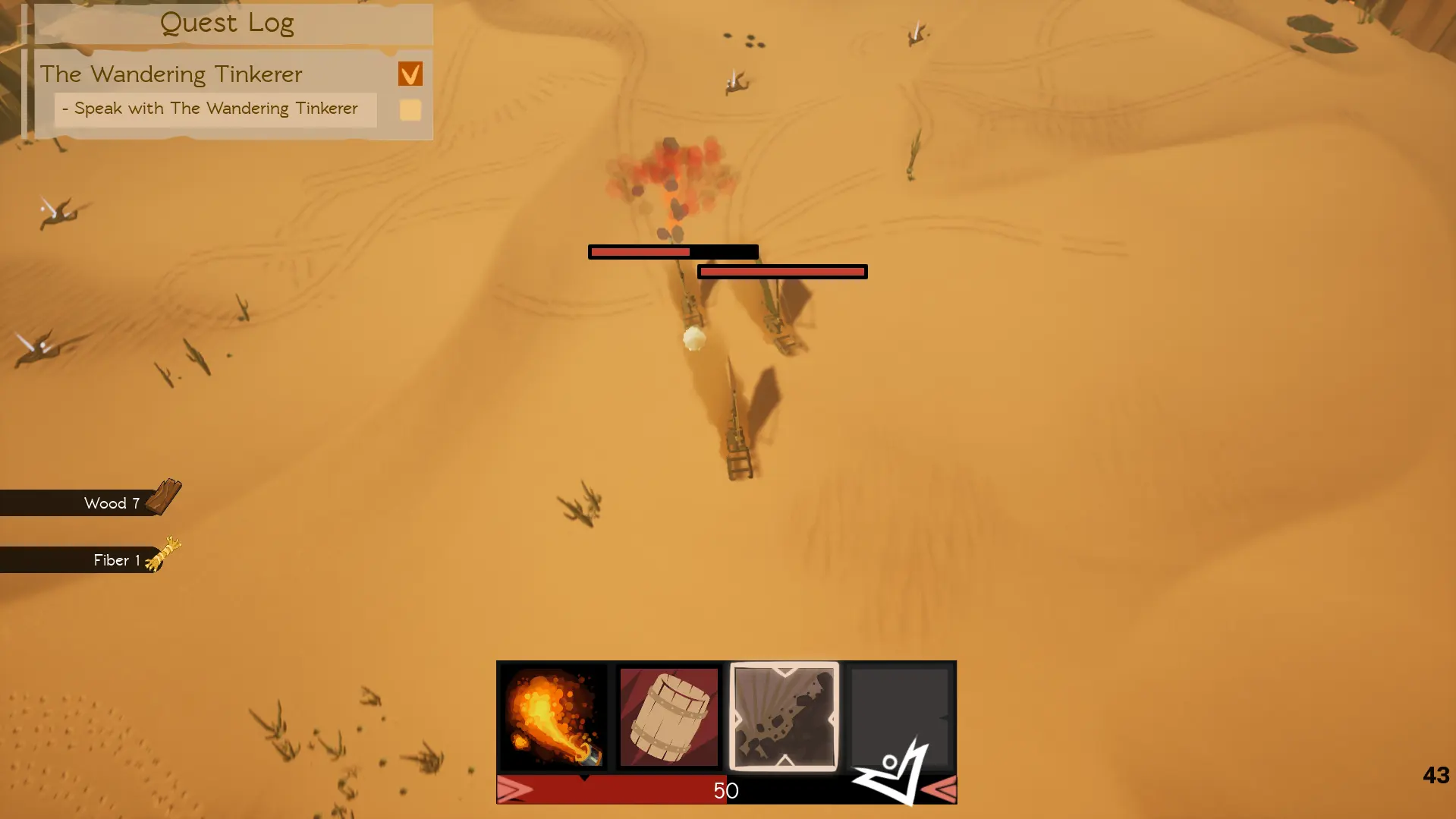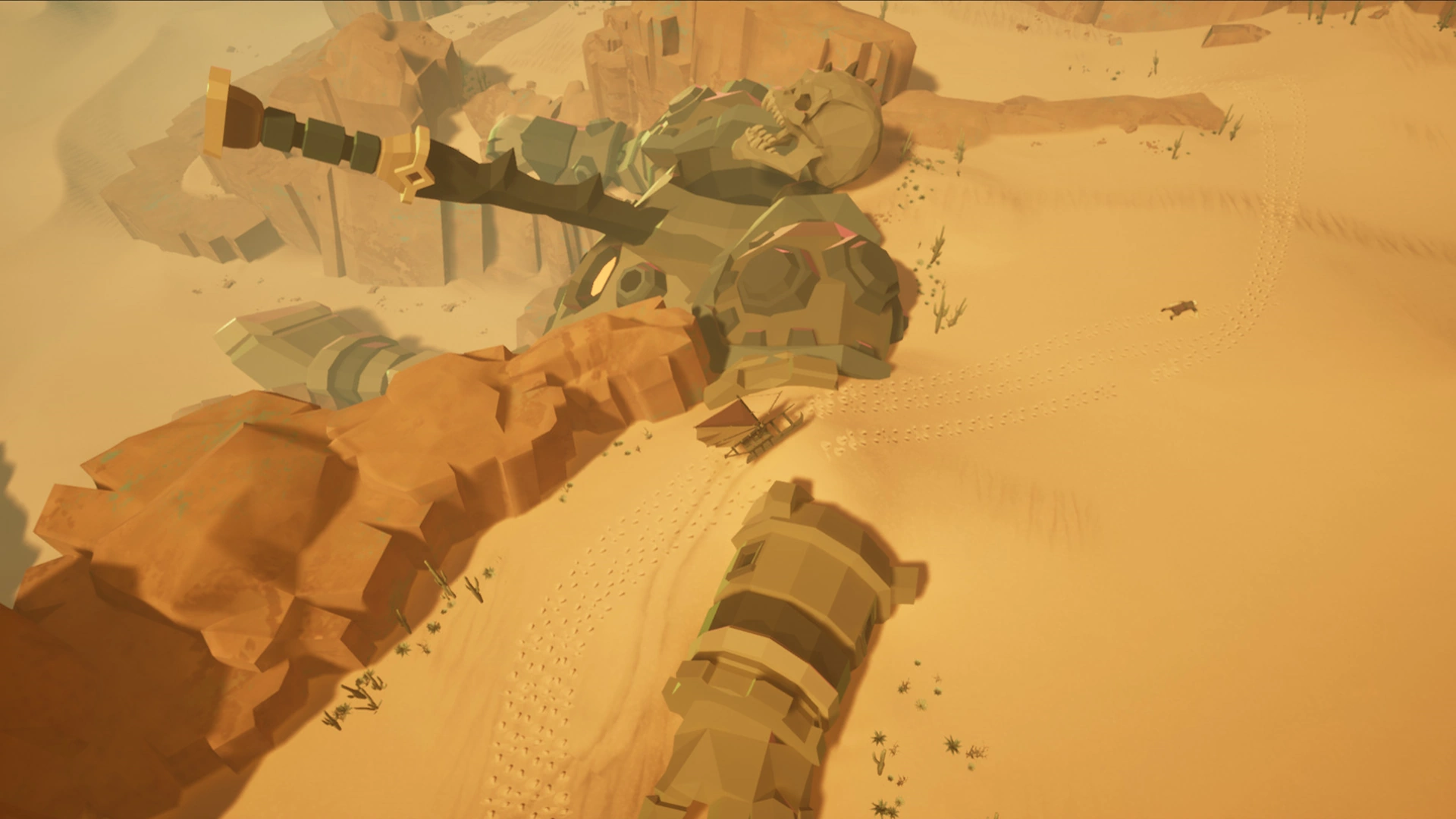Dunestrider
Description
Dune strider is an explorative adventure game made in Unreal Engine 4 with 13 people in total over the span of 40 weeks of actual development time. The project initially started out with 30 people, which cut down to 14 by the time of publishing.
Team: 10 designers, 4 programmers (at time of publishing)
Platforms: Windows - Steam
Span: September 2021 – June 2022
API/Engine: Unreal engine 4.26
Software/Tools: Houdini, Unreal Engine 4, Visual Studio 2019, Perforce, Jira, Monday.com, Swarm, Jenkins.
Contributions as a Tech lead
- Streamlined the technical workflow for the programmers and designers alike through swarm and p4 introductions in and outside the engine environment, including pipeline documentation and onboarding.
- Ensured productivity thrived through task and velocity book keeping in Jira, together with the producer of the team.
- Scoping features within the allowed time constraint with the design leads and producer. Knowing when/what to scrap and standing my ground helped to push the project forward.
- Overseeing the mental state of programmers through evaluation meetings and creating action based plans around their input.
Contributions as graphics programmer
- Pushing new graphics concepts to inspire/support the team, thereby creating progression in the art direction of the game.
- Providing technical support for the visual artists and designers in my team in low-level areas where applicable. An example was artistic filters during the prototyping phase through custom shading models.
- Taking responsibility for the quality of the lighting in the world, researching and iterating pushed the visual quality of the game forward.


Evaluation
As a tech lead:
- The realization that outsourcing was an option was incredibly valuable to the rescope of the deliverable. Outsourcing allowed the team to reach deadlines for features that would've otherwise looked worse/would've likely been scrapped.
- I learned to timebox and delegate responsibilities to the correct people through the onboarding of a communication pipeline, which improved team velocity as the amount of time people spend in meetings got reduced.
- Keeping documentation up to date and performing effective code reviews allowed for clear communication between C++ and blueprints, which helped to reduce the overhead of designer : programmer ratio (10:4).
As a graphics/generalist programmer:
- During the start of the project an attempt on a custom engine version for a custom shading model was made, this in the end was futile as we did not have the resources to distribute this- though scrapped, the proof of concept did work as intended.
- During pre-production the team took a heavy blow as we lost the art department, because of this an investigation had to be conducted and discussed with the design team on how the game would be represented. This contributed to the vision of the game and allowed the team to push through the chaos that was involved in the pre-production stage.